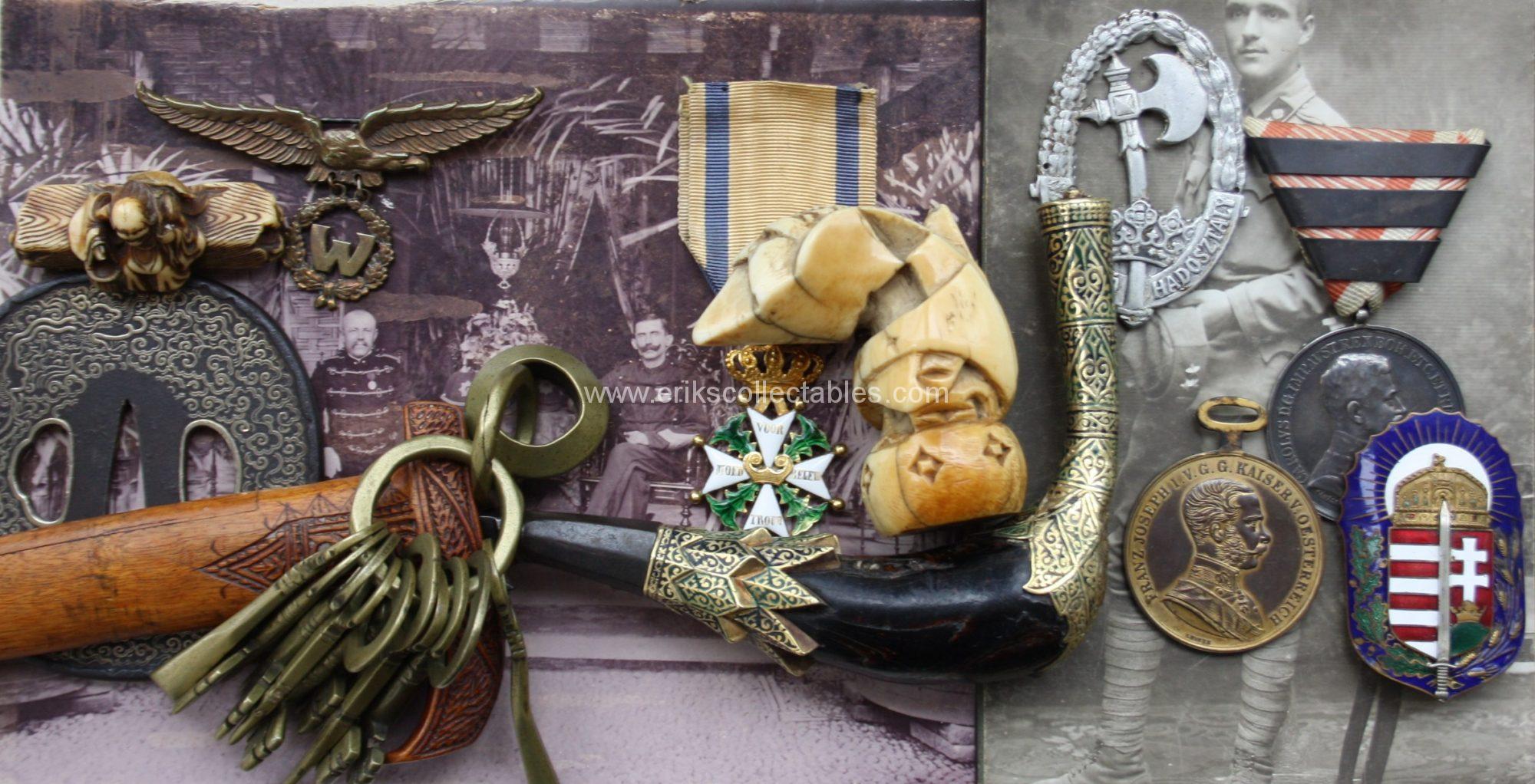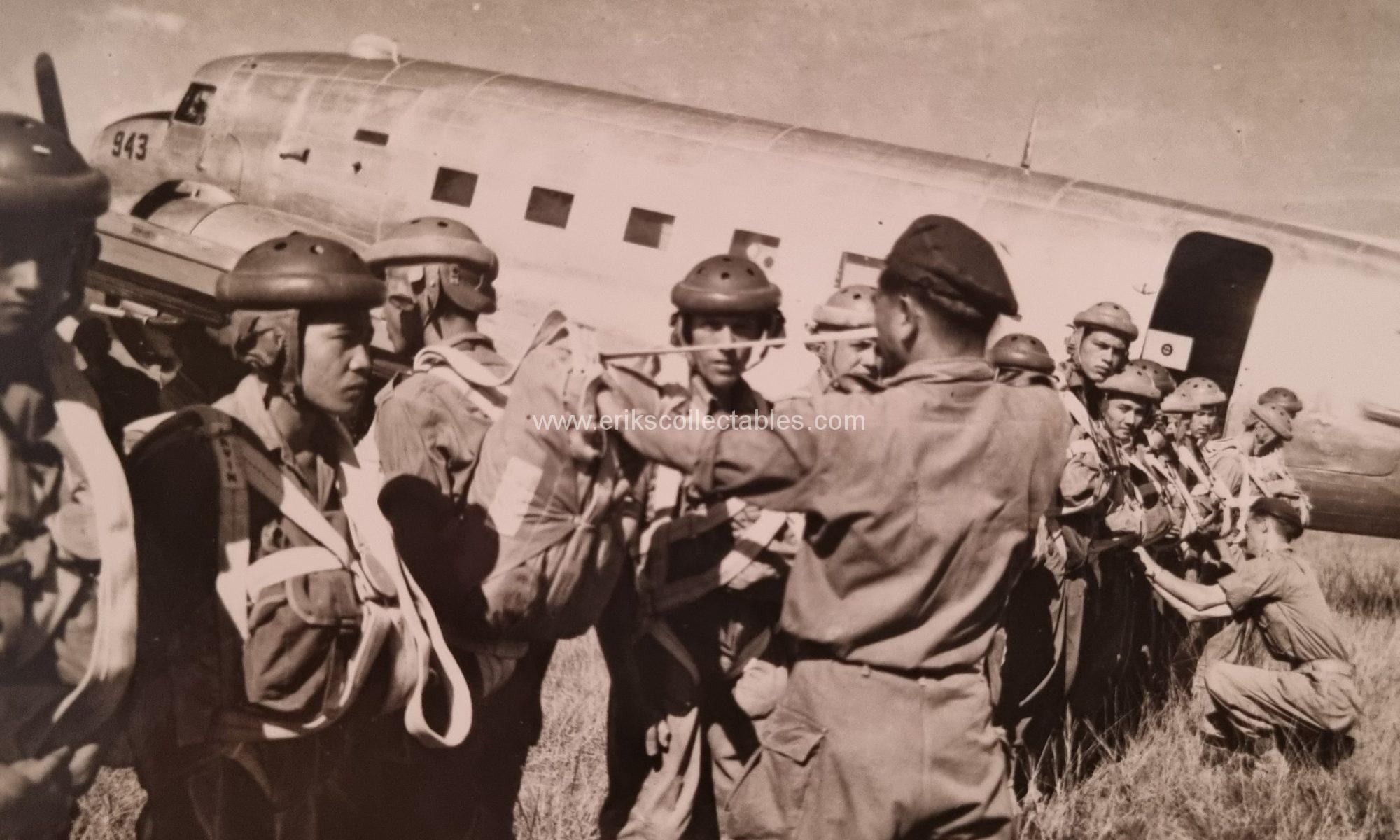The elite 1st para batallion of the KNIL (Dutch East Indies Army) has a short but intense history that spans the years 1946 to 1950. Most of 1946 and part of 1947 was needed to get the people and material in place and training the fresh para recruits. The later part of 1947 up to 1950 was spent operational including 4 combat jumps in late 1948 and early 1949 in the meantime adding new recruits in all those years.

The para company existed of some 250 men and was in 1948 combined with para trained commandos, around 150 men, reaching the total of 400 trained paratroopers that would form a batallion in 1949. The amount of officers was limited with much of the operational leadership in the hands of very experienced nco’s many of which had a pre war KNIL or WW2 commando (Korps Insulinde) background.

Leo Castelein (1928-2016) would become one of those few officers of the para batallion. In the Netherlands he volunteered in 1946 as a reserve officer. The volunteers from the Netherlands would go to the colony in the ongoing stuggle for Order and Peace in Indonesia. This was the Dutch name for the colonial war that had started after the Japanese surrender in 1945 (the War of Independence for Indonesia). He would complete his training as Signals officer in March 1948, subsequently was added to the 1st Signals Regiment and would arrive in country May 1948.

After spending some time with his assigned Signals unit he applied for a transfer to the para unit in order to see more action. Although the paratroops were a KNIL unit it was open to all ranks from all branches including those from the regular Dutch army as was the case with Castelein. Unfortunately signals officers were very scarce so his unit did not want to let him go. Upon learning this he wrote a letter to Prince Bernhard as Commander in Chief and later in 1948 was transferred to the para’s after all. He would become the signals officer of the unit.

His training for the red beret and the qualification wing started but was not completed in time for the first combat jump.

As a result he would make his first combat jump before being fully qualified earning his combat jump wing before his regular qualification!

Lt Castelein would be sworn in as officer of the Special Forces by the commander at that moment Lt. Col. Borghouts:



Each para that completed a combat jump like lt. Castelein would wear the qualification wing with wreath for combat/action jumps like the examples below.

Two examples of locally made filled action wings. These have a safetypin on the back for quick change on and off uniform for the frequent washing.

When he returned to the Netherlands in 1950 he did not have the opportunity to keep his commission as an officer in the regular army so he left his active status and went back in the reserves. There were to many officers returning from Indonesia for a peace time army in the Netherlands. Going to Korea would have been alternative he did not take. Instead he took up his studies (there was a special arrangement for veterans) and started working internationally, rarely spending time in the Netherlands.


His son inherited his red beret, practice helmet, insignia and period photo album with some great para pictures.

A few of the pictures and items are shown in this short blog. Most items are now in the collection of Museum Bronbeek to whom these were gifted by the Castelein family.

The group of badges from the Lt. Castelein estate only show variations of the combat jump wing with laurel, maybe he never received the regular qualification wing as he did not complete his training before making the combat jump.
It is a great time capsule of period badges that are rarely seen and even more rare with such a great provenance. As most badges in collections (both private and museum) have lost the link to the original wearer having a provenance is a great plus.

With many thanks to the family for making these materials available for this blog and in future publications. All pictures used in this blog are part of the Lt. Castelein photo album.

